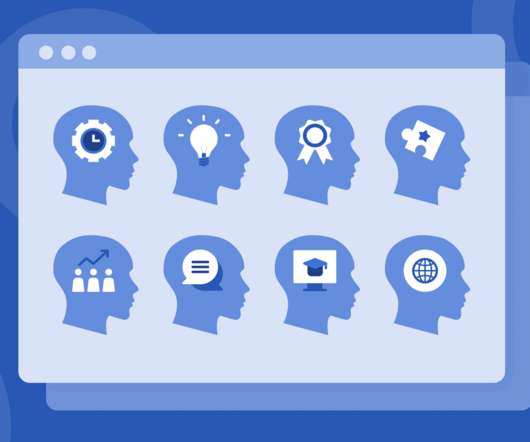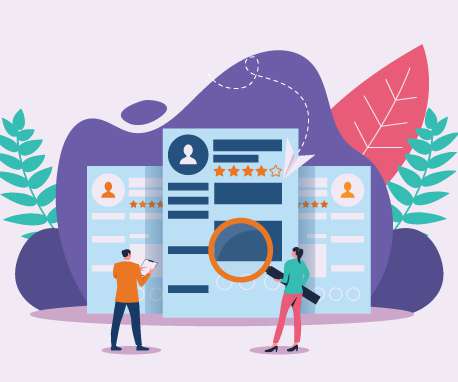Knowledge Management: Add Project Management To the Process
HR Bartender
JULY 16, 2024
Estimated reading time: 4 minutes Knowledge management is the process of organizing, using, and sharing knowledge within the organization. According to IBM, there are three types of knowledge: tacit, implicit, and explicit. Tacit knowledge is acquired through experience. Who hates the current system?






















































Let's personalize your content